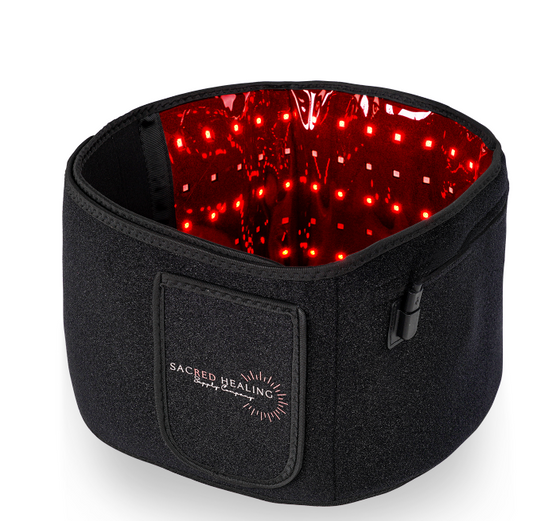
Shedding Light on Alzheimer's: Near-Infrared Therapy Unlocks New Prospects
Share
By Estrella Ortega, Co-CEO of Sacred Healing Supply Company
As a health practitioner, I've covered a wide range of topics. Yet, the battle against Alzheimer's disease remains one of the most urgent and significant in today's healthcare landscape. Alzheimer's, a devastating neurodegenerative disease that affects millions worldwide, is a puzzle that science is racing to solve. Today, we delve into an exciting new line of inquiry — the use of near-infrared light therapy to reduce β-amyloid-stimulated microglial toxicity and enhance the survival of neurons.
The Plague of Alzheimer’s
Alzheimer’s disease is marked by the accumulation of beta-amyloid plaques, toxic protein aggregates that interfere with neuron function. Additionally, the plaques stimulate microglia, the brain's immune cells, into an overly aggressive state, exacerbating neuro-inflammation and contributing to neuronal death.
The dual assault of β-amyloid plaques and overactive microglia forms a destructive cycle, leading to the progressive memory loss and cognitive decline seen in Alzheimer's patients. Breakthroughs in understanding these mechanisms, however, are paving the way for novel therapeutic interventions.
Near-Infrared Light: A Beacon of Hope?
A growing body of research suggests that near-infrared light (NIR), a specific segment of the light spectrum, could hold the key to disrupting this damaging cycle. But how does it work?
The application of NIR has been found to influence cellular function and repair mechanisms. When applied to brain cells, NIR therapy can reduce inflammation and the production of reactive oxygen species, thereby lessening microglial activation and β-amyloid toxicity.
The mechanism behind this is still under investigation, but it is believed that the light can penetrate the skull and reach brain cells, where it can modulate mitochondrial function — the energy-producing organelles within cells. When the mitochondria are working more efficiently, neurons can better resist the toxic impacts of β-amyloid and overactive microglia.
Moreover, NIR therapy has been shown to enhance neuron survival. It does this by promoting neurogenesis, the process of new neuron formation, and by boosting the production of brain-derived neurotrophic factor (BDNF), a protein that supports neuron survival and growth.
A Promising Future, Yet Challenges Remain
In preclinical studies, NIR therapy has shown impressive potential. Animal models of Alzheimer's disease treated with NIR have shown decreased β-amyloid levels, reduced neuroinflammation, and improved cognitive function. These results provide compelling evidence for the therapeutic potential of NIR in Alzheimer's disease.
However, the leap from the lab to the clinic is not without its challenges. More research is needed to determine optimal dosages, treatment durations, and precise mechanisms of action. Additionally, the practicalities of delivering NIR therapy — such as device design and treatment protocols — need to be standardized.
The landscape of Alzheimer's research is always evolving, and NIR therapy is the latest promising frontier. As always, it's important to approach new treatments with cautious optimism. What's clear is that the fight against Alzheimer's is gaining new tools and strategies, and near-infrared light therapy is one of the most intriguing among them.
Stay tuned to this space for more updates on breakthroughs in Alzheimer's treatment, as we continue to illuminate the path to a future free from this devastating disease.








